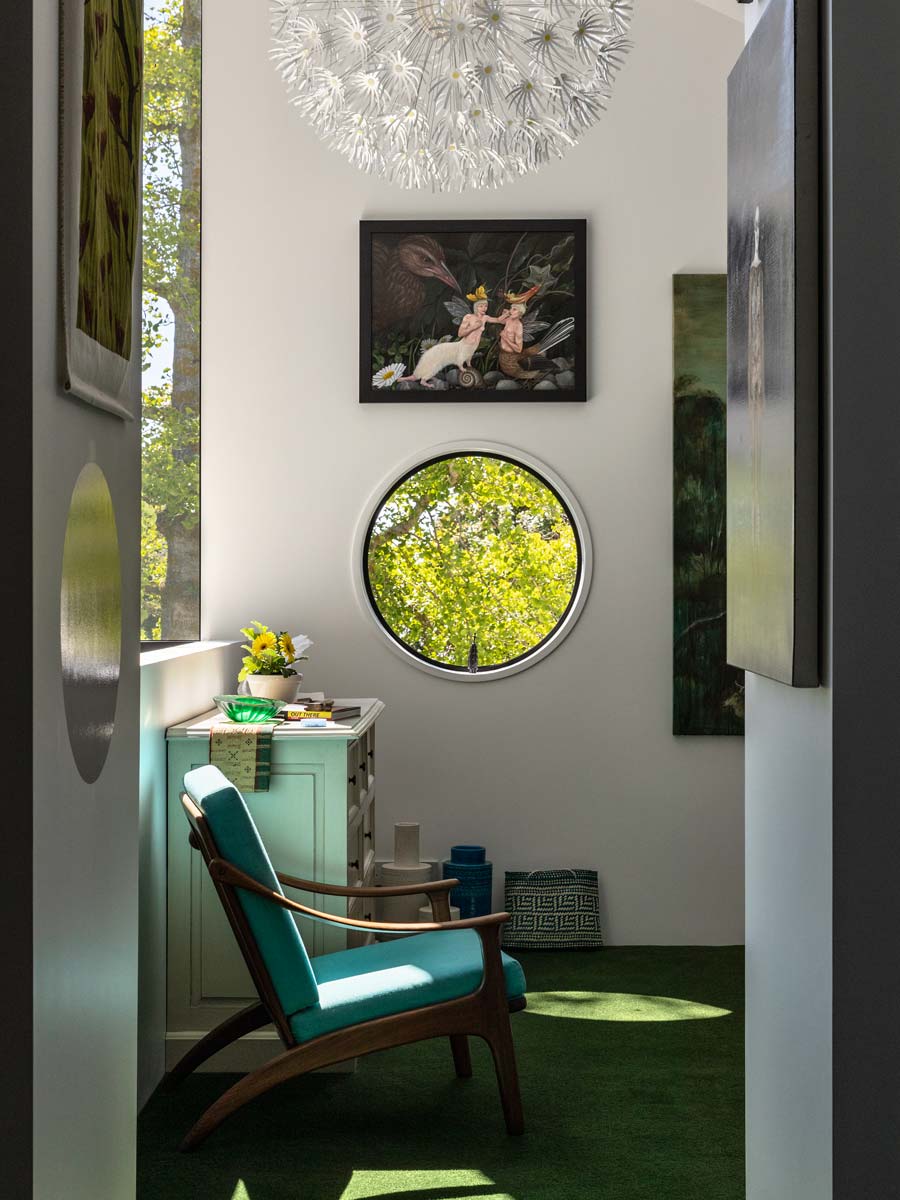Anthony Wright and his partner Selene Manning recently completed the stunning home-cum-art collection Wrightmann House.
All the interior walls of this architectural marvel are covered in art, and the overwhelming sense of being surrounded by beauty and confronting works resolves into a wondrous experience of spotting new details and hidden surprises every time you look. Anthony wears a lot of hats in his occupational and personal life – perhaps the most visible of which is his role as director of Canterbury Museum, where he is overseeing plans for an extensive modernisation of the institution. Anthony takes a moment with What's Hot New Zealand to answer some questions on life, history, and art.
Being director of Canterbury Museum was the dream job that brought me to Christchurch 24 years ago. As it turns out, my great, great grandfather came here in 1857 and is buried in Linwood cemetery. So there are some family links here that may have been part of the draw back to Canterbury.
Though born in Auckland, I very quickly dropped that scene and became an avid Crusaders fan. I’d always aspired to lead a museum somewhere in the country.
Having told the interview panel I’d be here a minimum of three years, an optimum of five, and a maximum of seven, Canterbury captured me. I just love the sense of community here and what I believe is the finest museum, the finest collection in the country.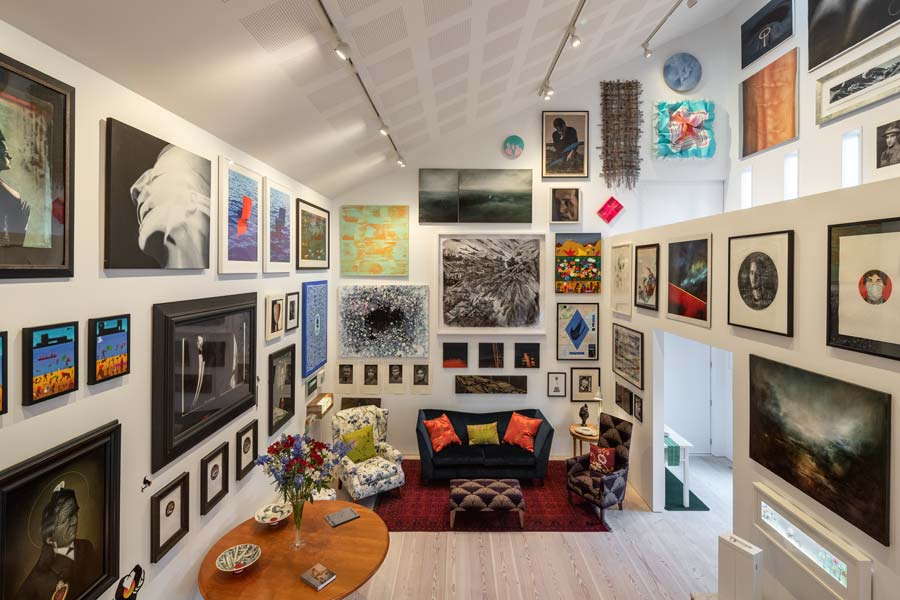
There are so many highlights of my time at Canterbury Museum, but the most recent is undoubtedly this year's celebration of the museum's 150th birthday on our present Rolleston Avenue site.
We marked that with what we call House of Treasures: Ngā Taonga Tuku Iho. The first part is a fabulous book featuring 150 of the greatest treasures in the collection, and the other part is an exhibition which features the rarest and most fragile of objects which we normally can’t display because they are so delicate.
The most chilling one for me is the only remaining huia nest. A bird that’s now extinct, and the only nest that was ever collected. It’s made out of twigs and beautifully photographed by Jane Ussher for the book. The photo is an artwork in its own right, and you could perhaps say the nest itself is an artwork of nature. That’s one of the taonga that go back to the roots of the museum. The huia bird skins were one of the things that founder Julius von Haast exchanged with museums around the world to build what was, in the 1870s and ‘80s, one of the great museum collections of the world.
The museum redevelopment plan is really about bringing a tired and failing set of buildings into the 21st Century – mostly the middle-aged ones, the old heritage buildings are actually in the best condition.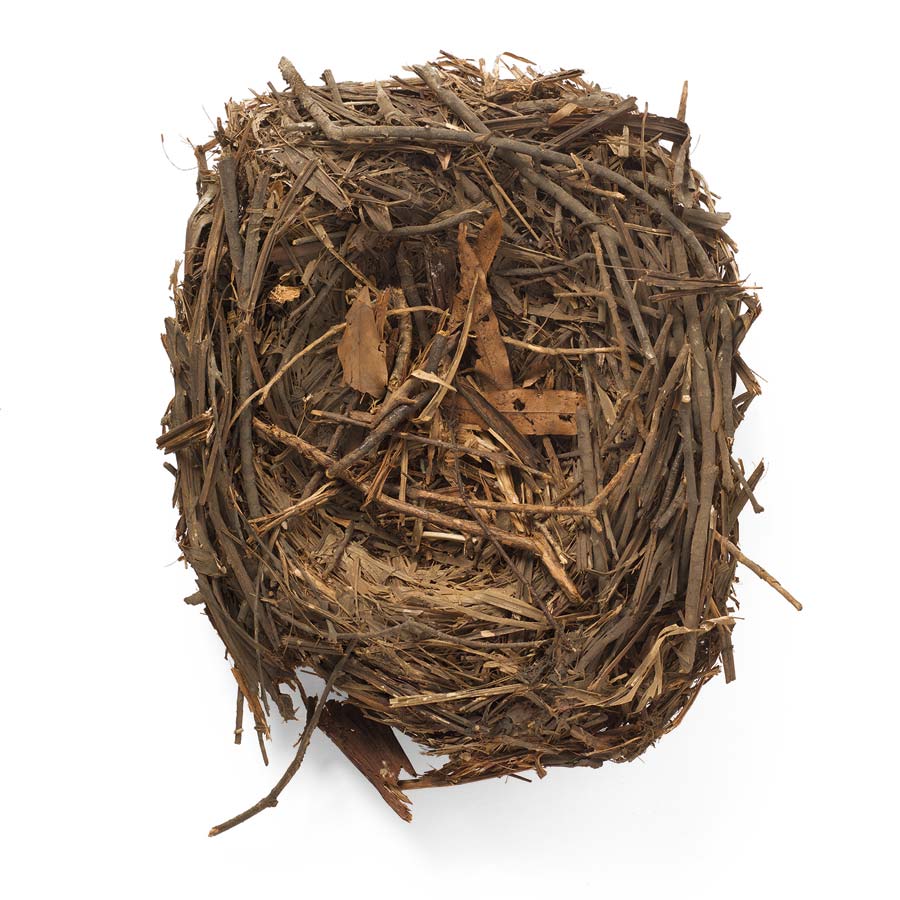
We really need to care for and provide much better access to the millions of taonga, or treasures, and their stories, that the buildings house. Caring for the collection and making the collection and its stories much more accessible to the Canterbury community and our visitors is at the heart of what we’re doing.
Less than a percent of the collection is on display, so we hope in the redevelopment to greatly increase that, and also to make the museum spaces more flexible so that we can change exhibitions and show more of that large collection on a rotating basis.
The response to the concept designs has been gratifyingly positive. It really has been a slow development of ideas by the architects and consultant group working with a wide range of stakeholders and the wider public.
People have taken on the sometimes difficult job of balancing the care and enhancement of the heritage buildings with the need for modern facilities and to simplify the overwhelmingly rabbit-warrenness of the space. It’s 14 different buildings built over 150 years, so there has never been a site-wide circulation plan before.
We’re just finishing off the concept design with a view to lodging a resource consent application very soon.
While that’s being processed we’ll also be fundraising to bridge the $70 million gap that we’ve got towards our $195 million target project cost. We have got $125 million raised already.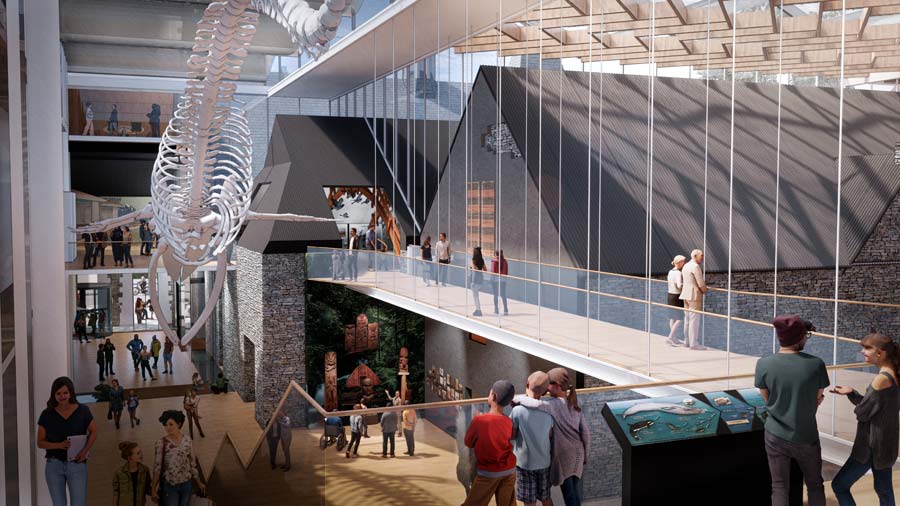
If that gap is filled promptly, then it's two years of detailed design and building consents, and then a three-year move off-site so it can be upgraded and redeveloped.
During that three-year period, we plan to operate a temporary museum elsewhere in the city, given its importance both to the local community and to tourism.
Among the most important collections, the Antarctic heroic era artefacts are truly world class. Our Māori and Pasifika collections, our New Zealand natural history, and decorative arts are also strongly represented. And not to be forgotten is that Haast presided over the discovery of great deposits of moa bones in Canterbury and he exchanged those with the great museums all around the world to build a worldwide collection. It would be impossible to assemble such a collection today.
We’re adding thousands of objects to the museum collection every year, including very important scientific collections which help researchers understand our environment, weather patterns, and life in the past in New Zealand.
I would like my legacy to be stronger public collections and better access for all people to the great treasures that define our part of the world.
The seemingly endless array of human invention and endeavour drew me into the world of art. It can make the hair stand up on the back of your neck and other times it just gives you an overwhelming sense of peace and beauty, so it’s that huge array of emotions that art can inspire.
I trained as a scientist and a botanist, but I had a formative experience when I was on the students’ association executive at the University of Auckland. There was a modern painting hanging on the wall of my office and I didn’t really know anything about it at the time, but I realised after two years of sitting below it that it was an original McCahon. That painting drew me in, even though I didn’t really understand contemporary art at the time. That was my entrée to it. There were green hills, and the words ‘I am’ in capitals on it. It’s one of those things, I kept looking up and I would gaze at it while I was thinking out problems. Before that, I was probably more into the classical European art that you would see in the art gallery – at Lindauer – and Goldie Māori portraits and things like that. Contemporary art has grown more and more all-consuming as time has gone on.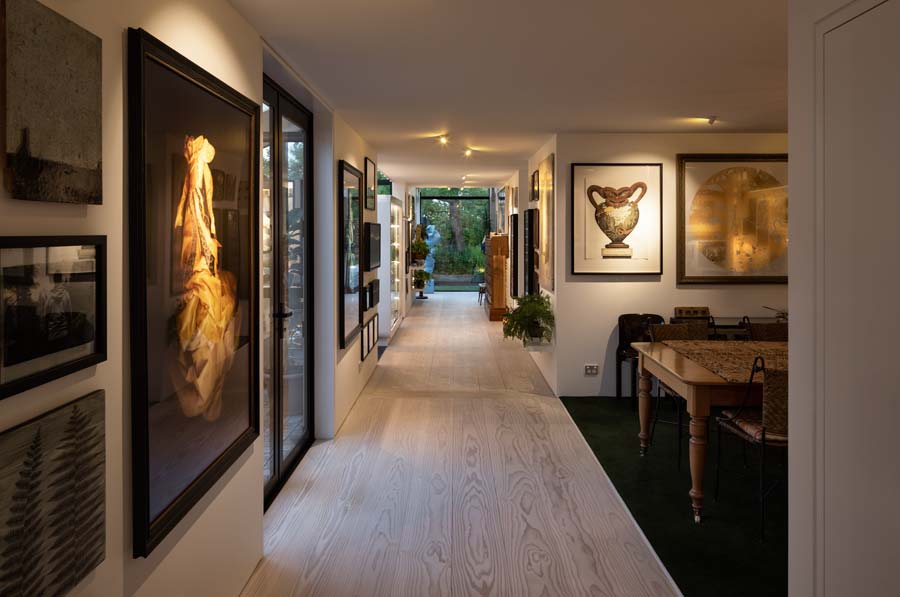
Canterbury art has a long and consistent school which has produced generation after generation of really gifted artists. To me, they more than hold their own nationally and internationally.
It’s always invidious to choose just one up-and-coming artist to look out for, but our latest acquisition came out of the Ilam 2020 senior student show out at the university arts school, and it’s a stunning light box triptych by student Alice Cheersmith. It consists of three, metre-square, digitally painted back-to-the-future scenes in light boxes in vibrant blues and magentas and golds. It’s a stunning work. It just fills you with hope and inspiration for the future when you see enthusiastic young people like this with such incredible vision and technical skill. Now we’ve got to find space to put it up.
I think the earthquakes caused a huge series of dislocations and disruptions and that was imposed upon the arts scene. But I think out of it, especially with the gift of time, there’s a broader, stronger and far more diverse arts ecology growing in Christchurch, that’s my view of it. And it ranges through street art and public art to the established galleries. There’s also a thriving student and pop-up art scene, you know, little student galleries and things. That’s an opportunity for up-and-coming artists and indeed some established artists who show recent work in juxtaposition. I think that’s incredibly important to developing the arts scene.
The idea for Wrightmann House didn’t come as a lightning bolt to my partner Selene Manning and me. But practically speaking, both of our pre-earthquake houses were either munted or destroyed by the earthquakes. We looked for a replacement house that might be able to house our art, but none of them had anywhere near enough wall space and would have cost more to change into something that would work than building new. That’s when we had the idea of taking the existing piece of land in Bishop Street and demolishing the munted house, retaining all the mature trees and gardens, and building a purpose-designed house with absolute maximum wall space.
We started talking to the architect and then the builder five years ago now. Athfield Architects were just brilliant, in terms of the way they listened to our ideas and just continually amplified them and skilfully turned us from our simplistic thinking to solutions that we couldn’t have dreamt of.
The builders, Clive Barrington Construction, also entered into it with real gusto and it was just a joy working with all the teams, liberally lubricated with gin and tonics at regular celebration points along the build journey. It’s not only an art house, it’s a bit of a gin house.
The gin comes from being a collector at heart, I think. When I was a student, Gordon’s was the go-to gin for G&Ts – I don’t remember much choice in those days. After the earthquakes, as part of our trying to enjoy life on the side, we started collecting different gins, some of them from overseas just to try them because we’ve always liked a gin and tonic in the evening. At that stage I had the mistaken belief that we were going to collect all the gins available in the world. In the last few years I’ve become painfully aware of how impossible that would be – there are hundreds of new gins emerging every single week around the world.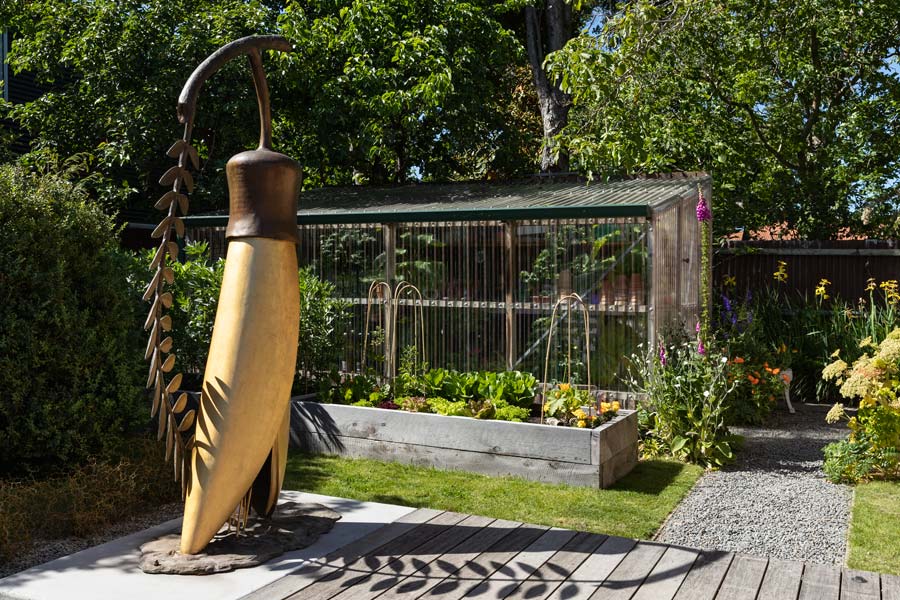
While we were going through the thinking and building process the collection sort of doubled in size so just as well we built maximum wall space.
People say that building a house can be a dreadful process to go through. It was simply a joy for both of us and we live in a house now that we just love, that we really enjoy day and night.
Most of our artworks have a definite story, and in most cases we’d be able to remember the first glimpse, where it occurred, and get some sense of the original spine-tingling feeling that we had.
Some of them are deeply disquieting when you first see them, but they grow on you and you understand more the more you look at them, and sort of get a deeper view of things.
I think SCAPE Public Art is pretty much single-handedly responsible for Christchurch’s really enviable world class contemporary public art collection. I think back over the 22 years of SCAPE’s existence – at the beginning of that period the city had a scattering of Victorian public statues and that was pretty much what public art was.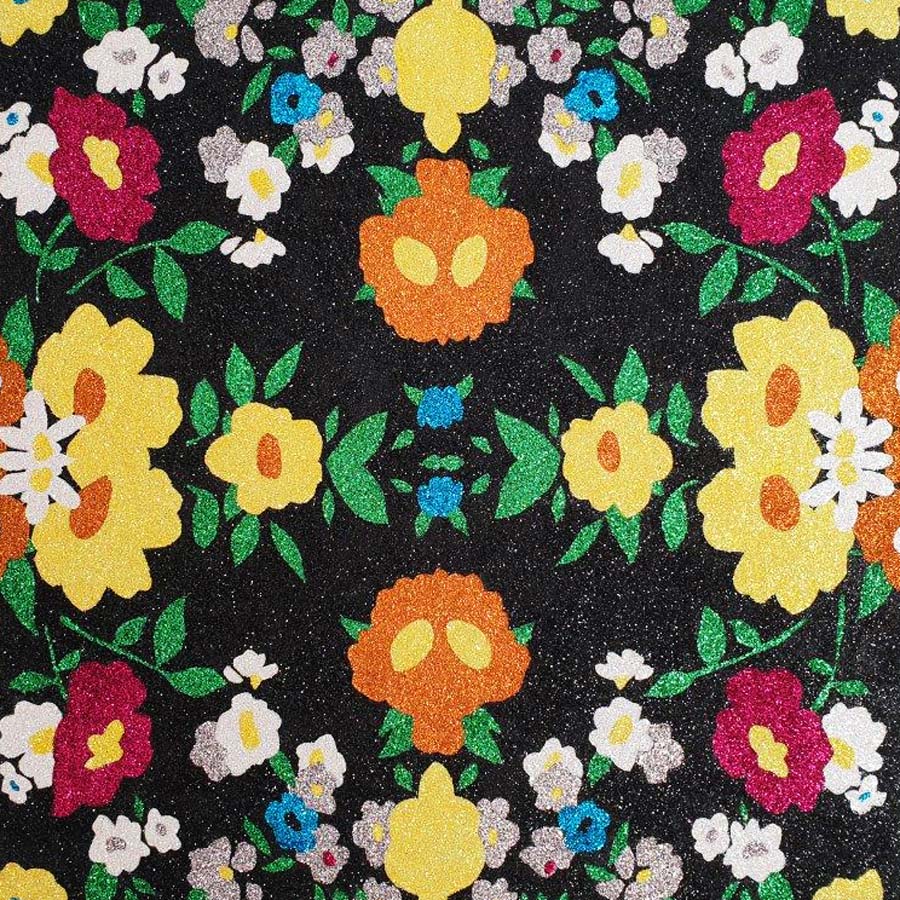
I really love SCAPE’s model of collaboration between artists and industry. I'm happy the involvement of industry has brought thousands of new individuals and their families in to become supporters and lovers of the art.
One of the hard things about art for many people is they are afraid of art, and they don’t know how to get into it. Selene and I always say when you look at a piece of art, if you like it, go for it. If it’s for sale and you can afford it, then don’t agonise over whether it’s the right art or not. We put a heap of stuff in our collection that probably wouldn’t pass the taste test for many people, but it doesn’t matter.
Every piece is chosen to talk to other pieces and together it makes a whole for us.
I’m lucky enough to get away on some botanical field work each year. That’s really important in keeping in touch with the plants. But I also keep in touch with other botanists. I’m president of the New Zealand Botanical Society, amongst other things.
My pet project at the moment, I’ve been working on searching out and describing additions to the flora of the Cook Islands during visits there over more than a decade. It’s short periods of very intense fieldwork, and then good intentions to keep that going in the evenings in between times.
I’m very much into plant species. For example Paul Dibble’s The Gold of the Kowhai sculpture in the garden has inspired me to gradually collect up all of our native species of kōwhai and showcase them so we can have our own gold of the kōwhai.
Quick-fire questions
Favourite art in your collection? If I had to choose, it would be Reuben Paterson’s The Nubian, 2010. It’s a sparkling glitter work and depicts tropical flowers on a black ground. It’s just a sort of happy dream world piece that transports me back to Rarotonga, which is where we purchased it from the Bergman Gallery.
Favourite gin? Langley's No.8 from London. It’s a really good true London gin. It packs a bit of punch but it’s smooth and delicate and I’ve never had any aftereffects from it yet.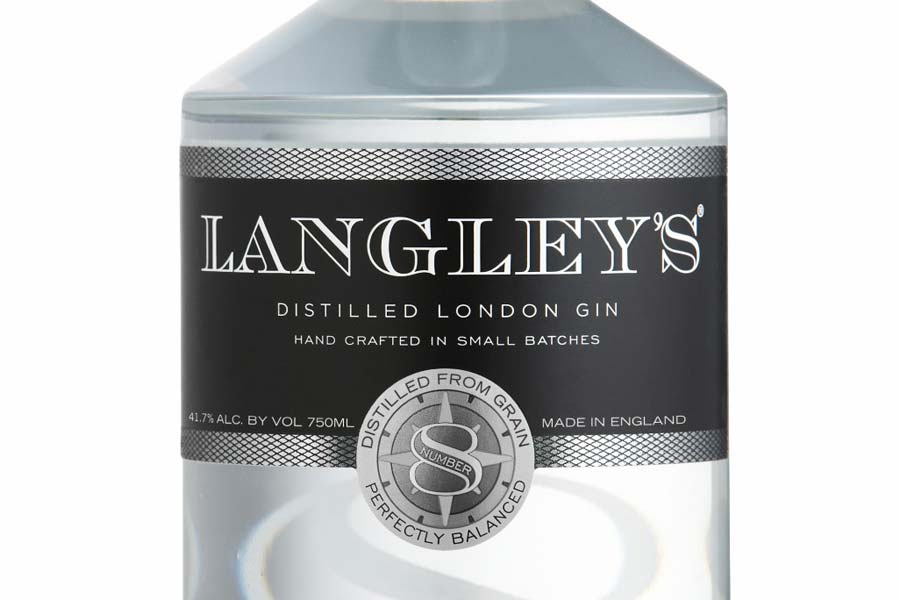
Favourite Canterbury plant? Probably matagouri. It’s so much maligned as a fierce and thorny plant, but when you actually stop and look at an individual plant, it’s beautifully formed and it’s got cute little leaves, and tiny, perfectly formed flowers. It also creates amongst its tangled branches a micro habitat that provides a safe haven for dozens of little lichens and mosses and liverworts. Often we overlook plants that we think of as a nuisance but they all have their place in the wider scheme of things.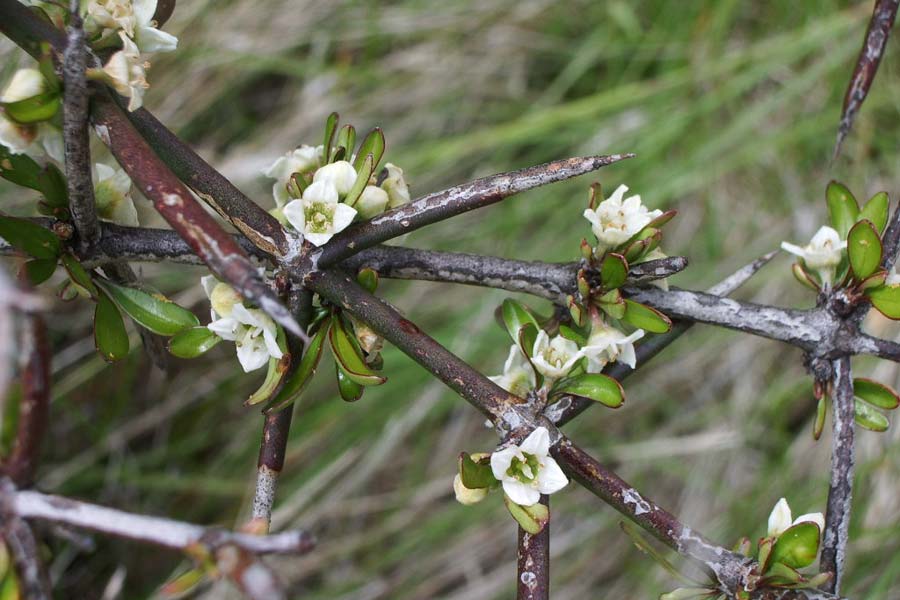
What do you love about Christchurch in summer? The wide-open skies, long hot days, basking in the sun as a break from gardening and doing other things. It’s the time of living, of being outdoors, it’s an invitation to get out into the hills and explore.
Where would you take visitors to the city for: Two hours? I’d take them on the Ōtākaro river walk with a few deviations to nearby public art works and one or two quick breaks at the really good cafés or bars that are either on the walk or not far from it. The visitors to town that we’ve taken to it have been impressed and it’s just a very pleasant way to see the city, not from the roads, but on foot. Half a day? I’d supplement the two-hour menu with a trip out to Brighton through the red zone, and go to a café for brunch, lunch or dessert. 24 hours? I’d expand the half-day experience with a trip out into the country and have lunch at one of the fabulous winery restaurants. I’d also take them to some of the galleries, and if possible finish the day with a concert at the Town Hall.
Read more about the genesis of the Wrightmann House & Collection over here.
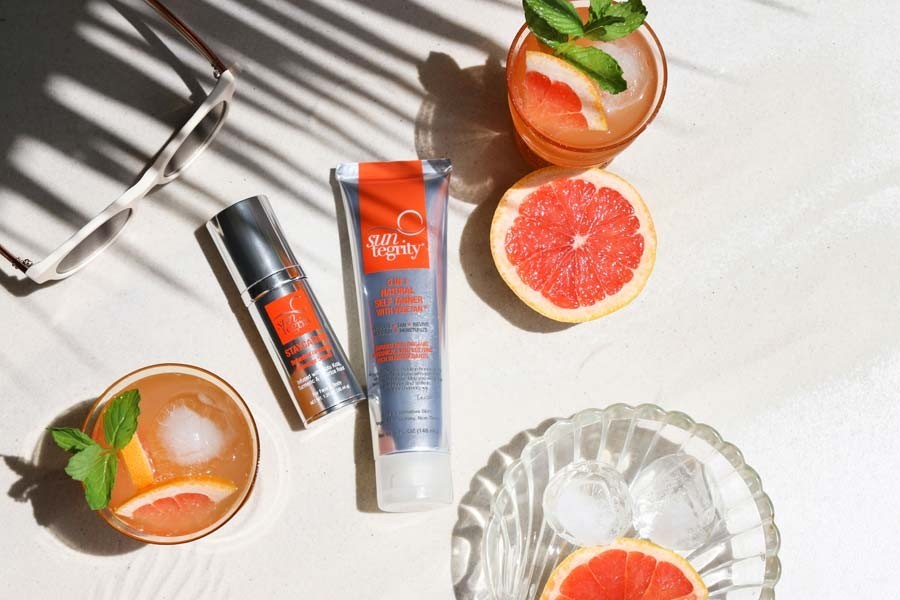
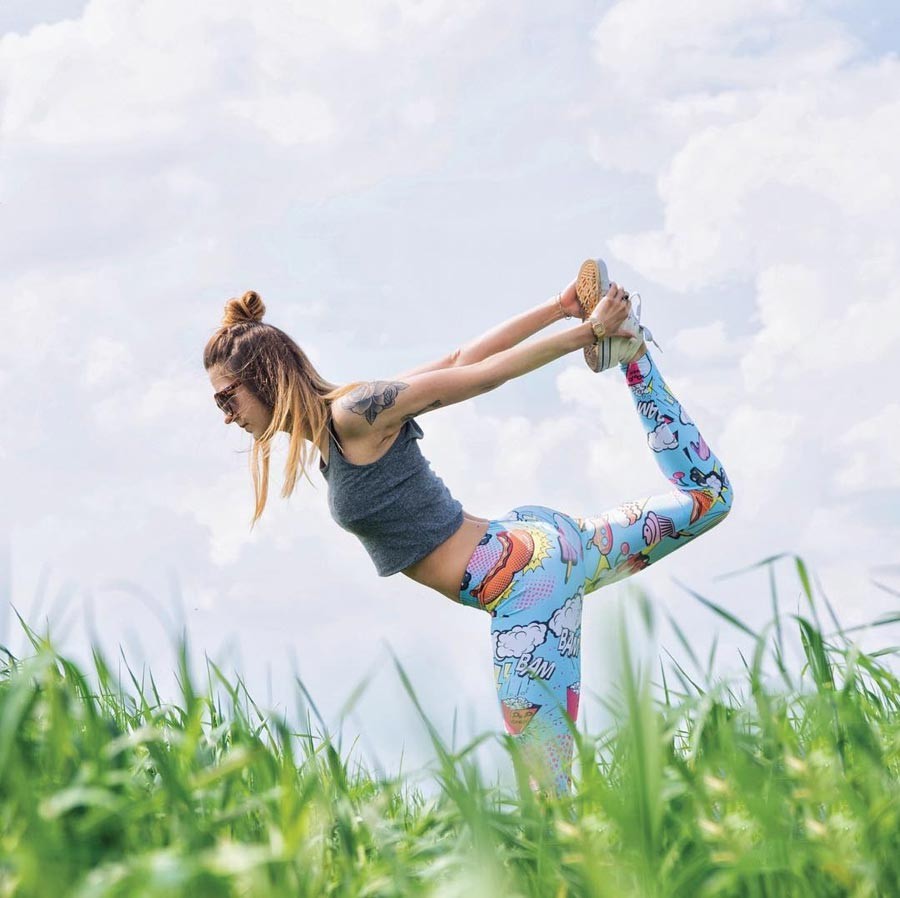
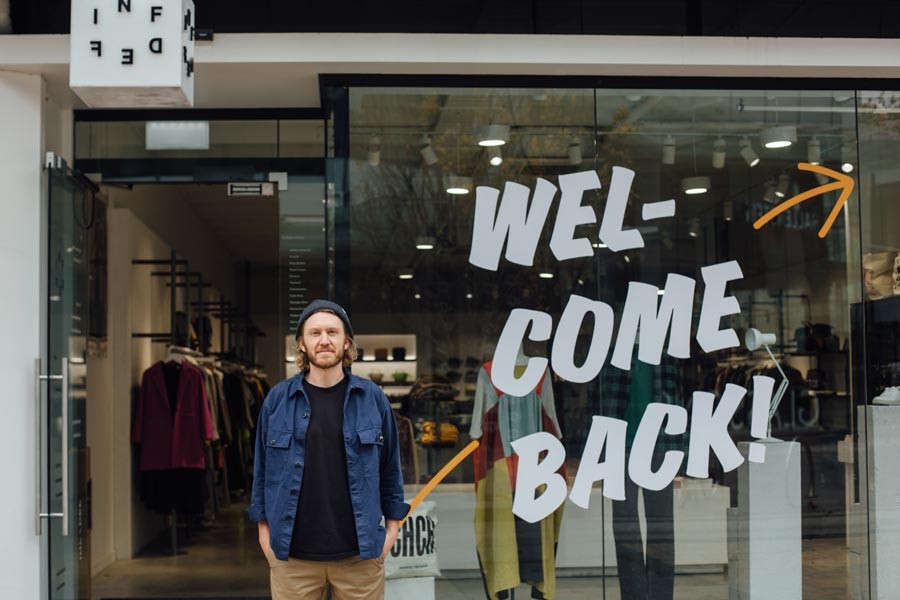
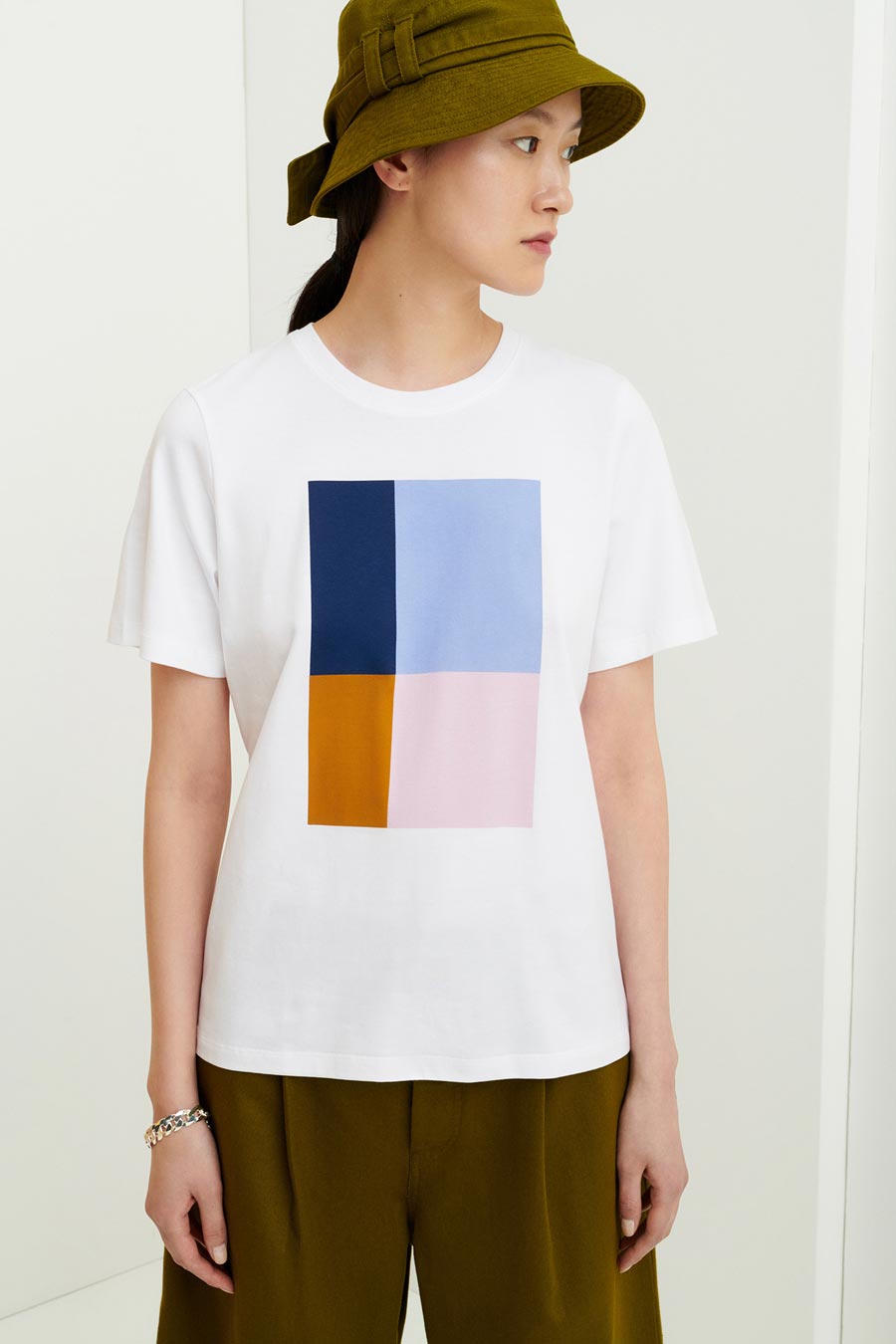
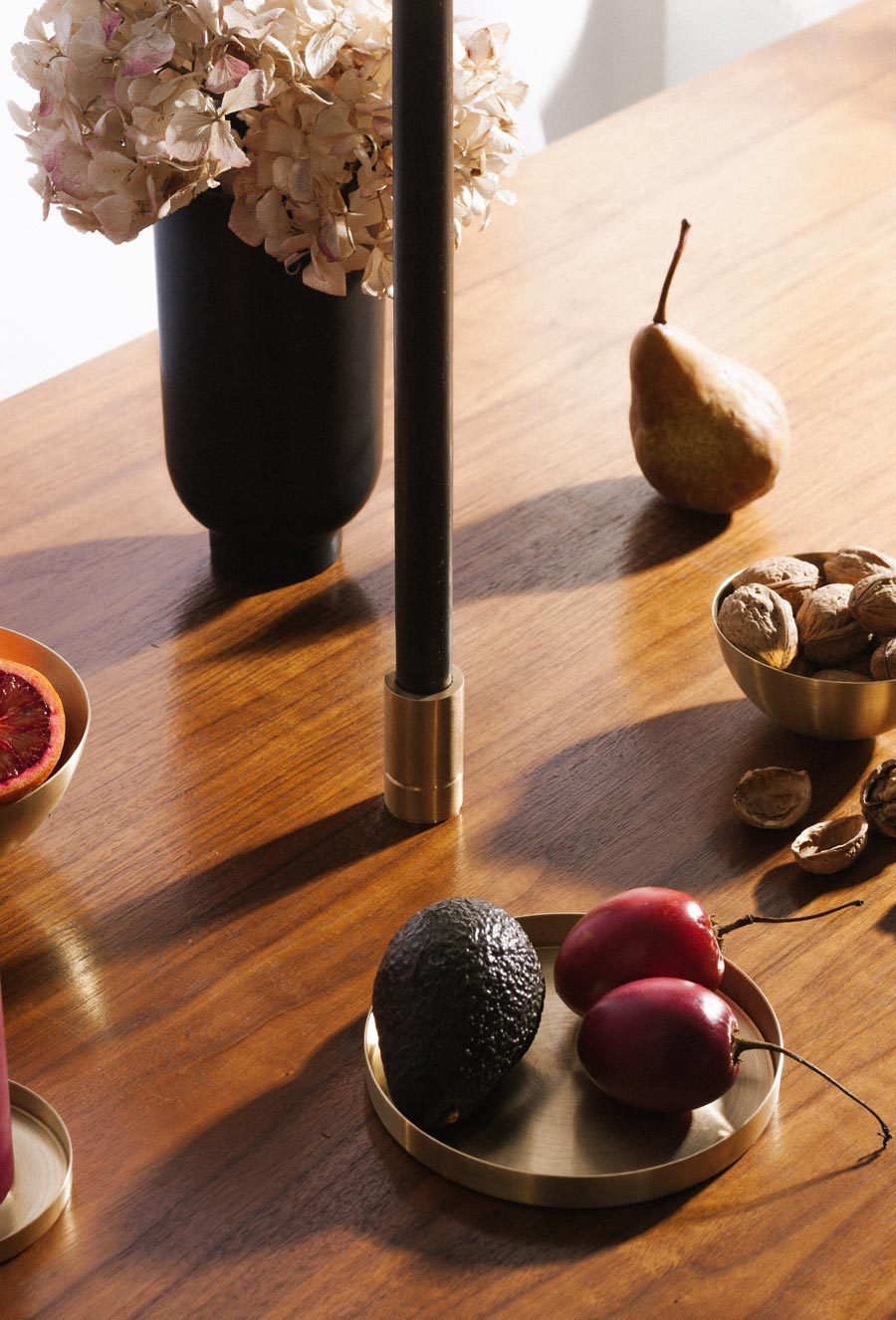
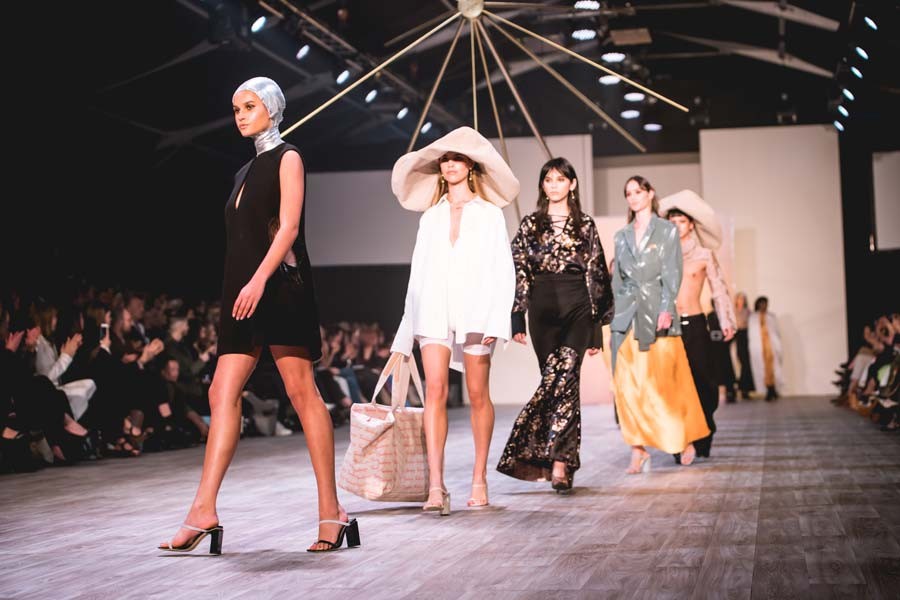

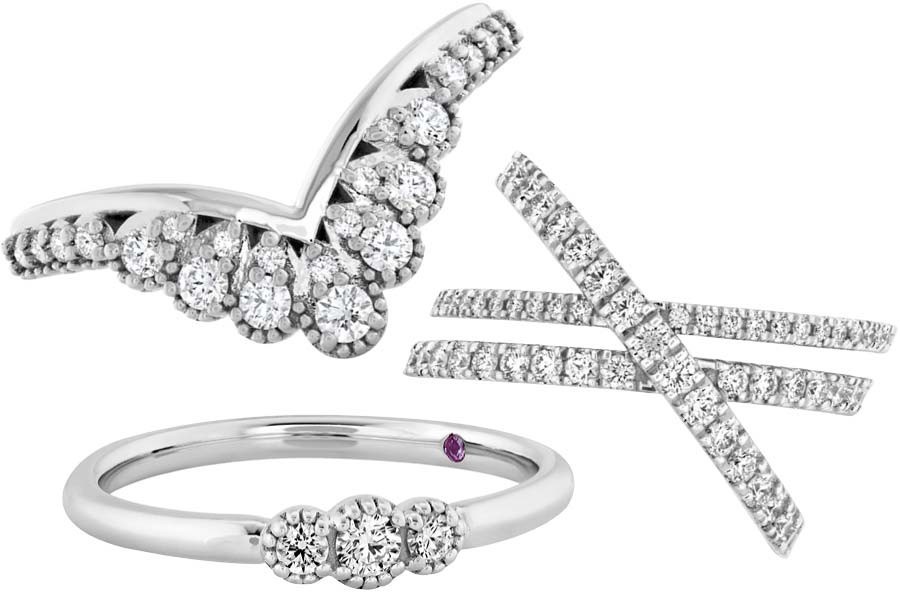
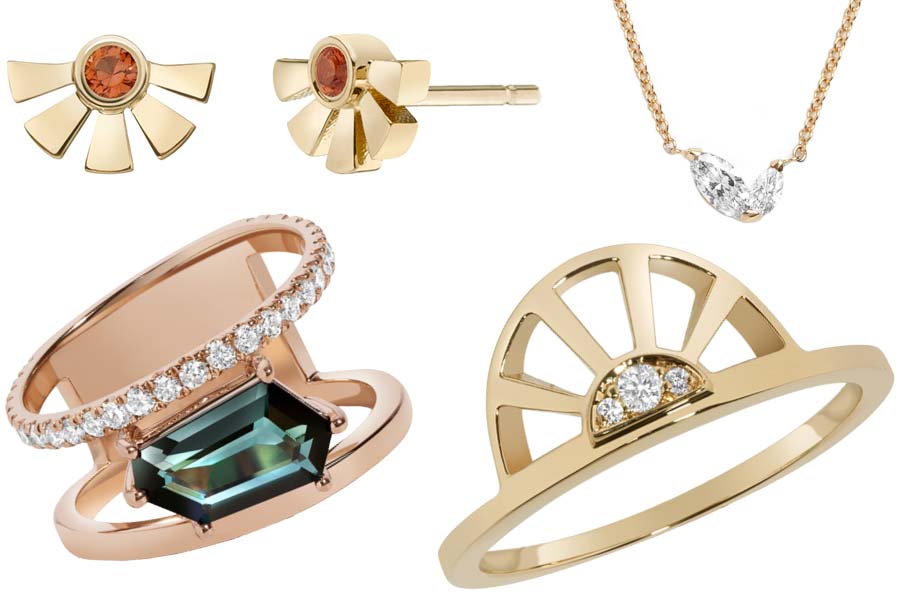
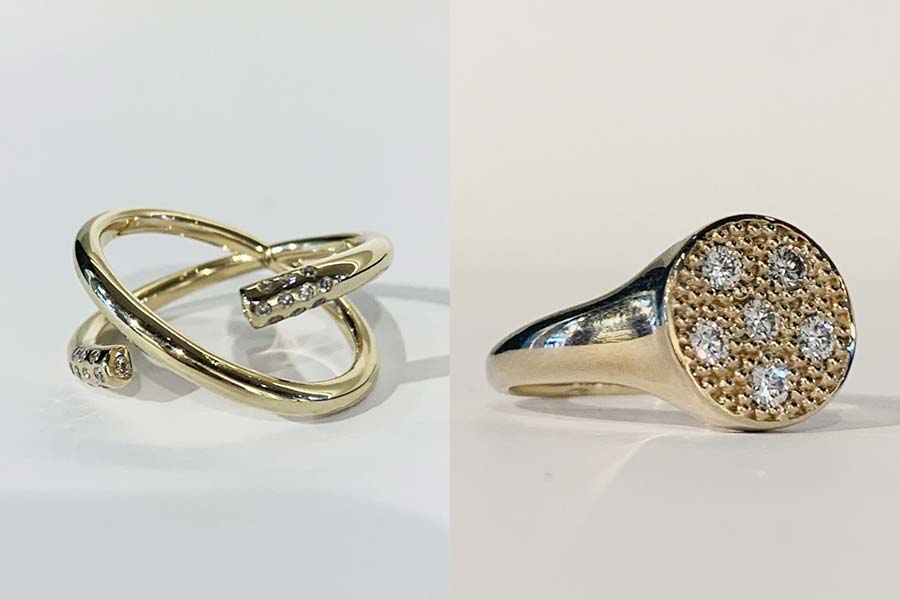 the non citizens is specially special to Vikki because, well, it’s her own range. Vikki designed each item herself, and the demi-couture pieces are ready to take home as-is, or you can customise your own with a special stone or metal that suits your look.
the non citizens is specially special to Vikki because, well, it’s her own range. Vikki designed each item herself, and the demi-couture pieces are ready to take home as-is, or you can customise your own with a special stone or metal that suits your look.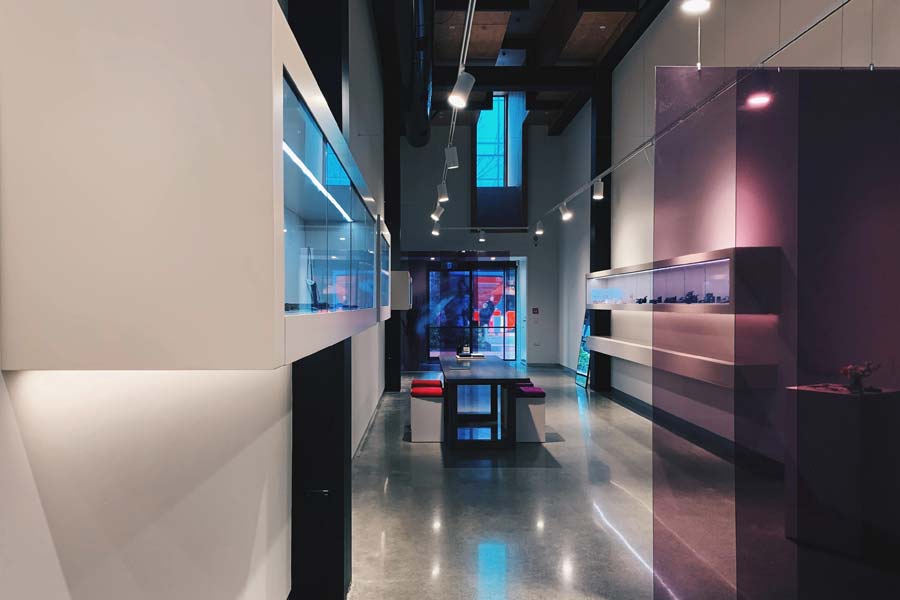
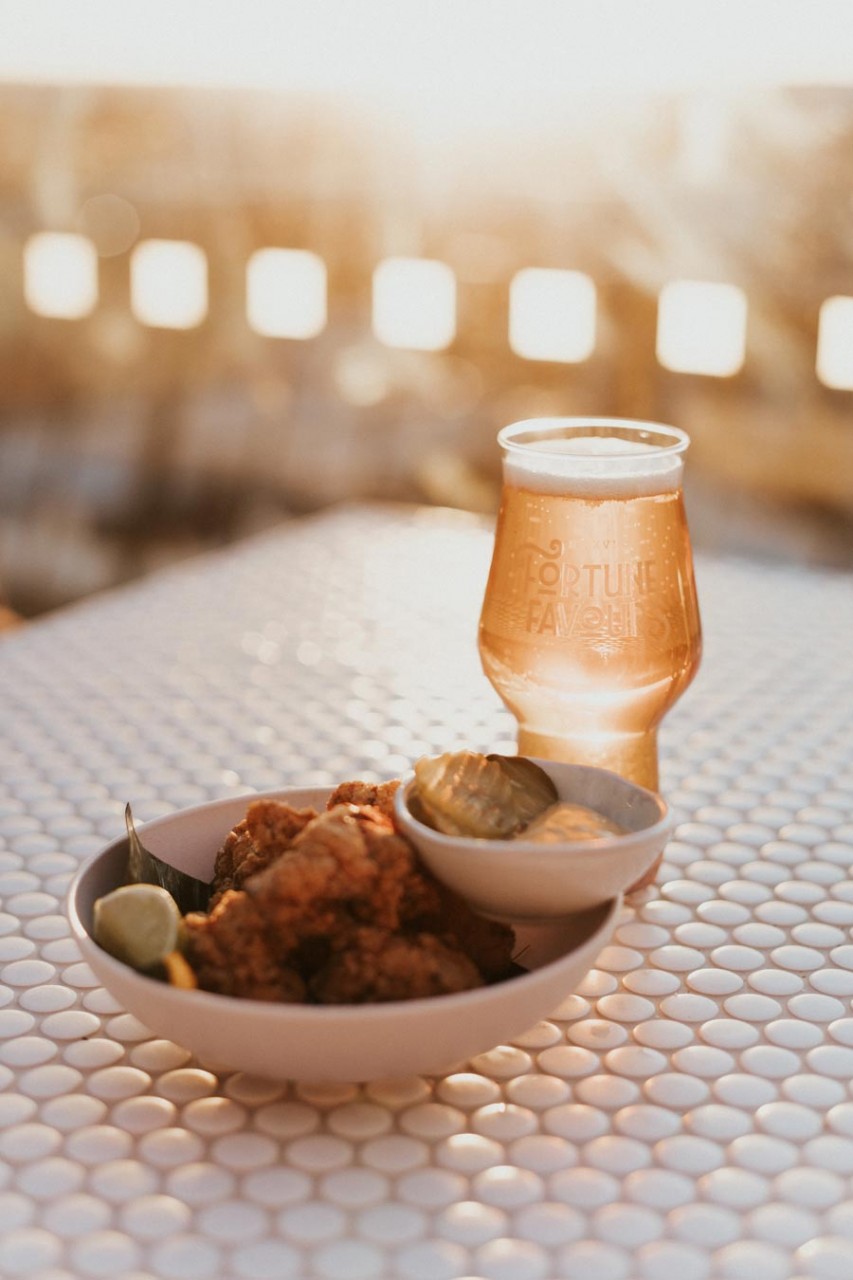
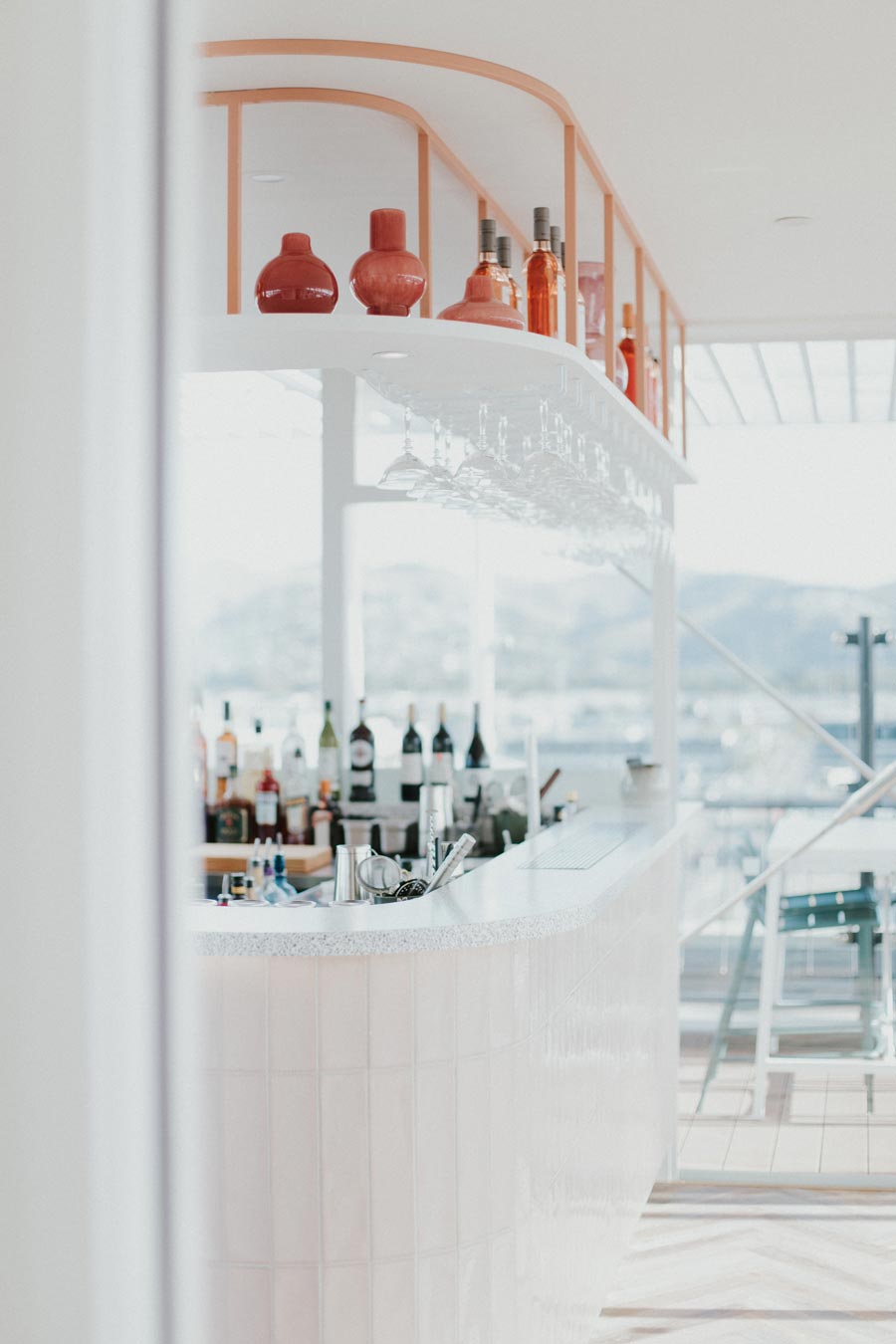
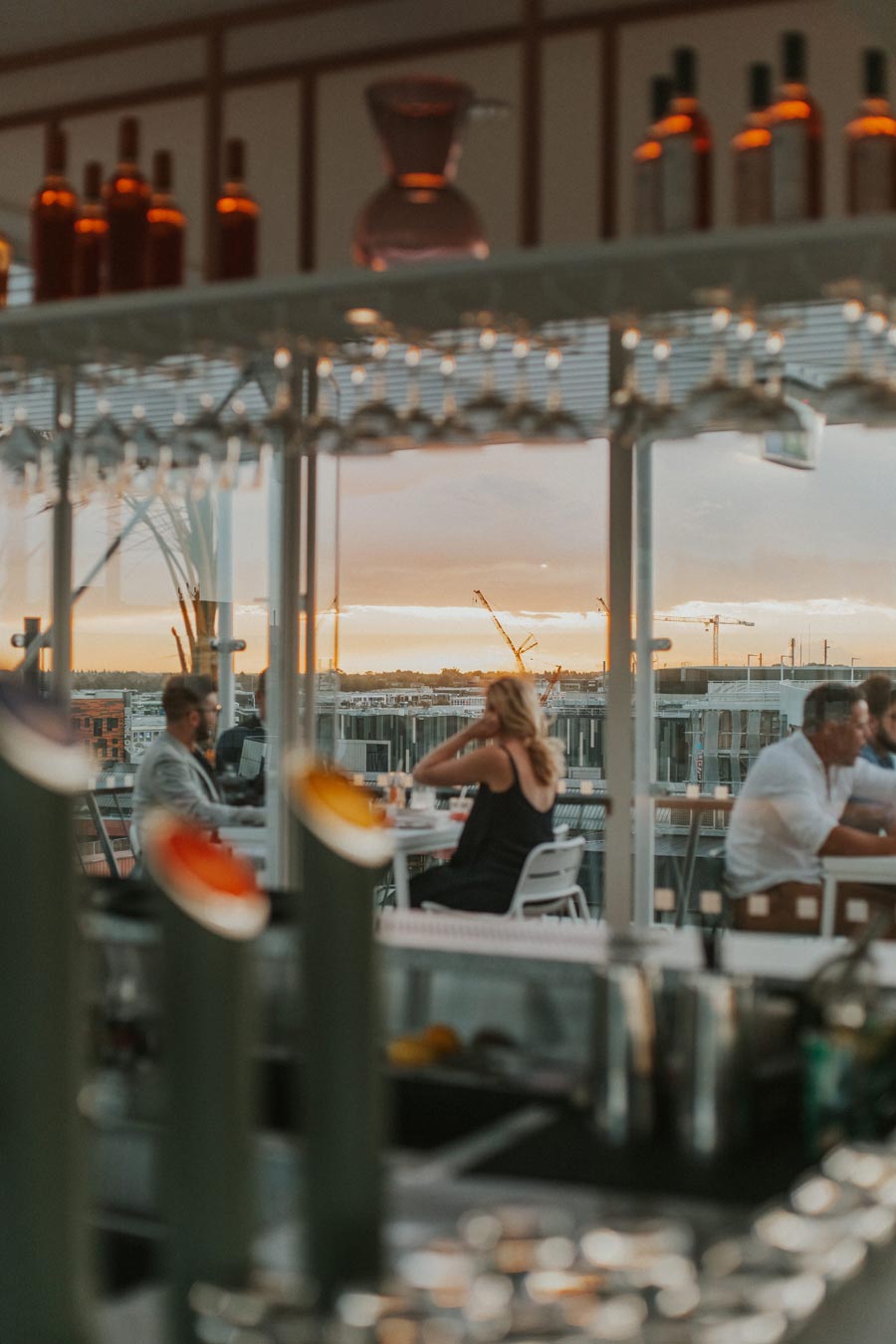
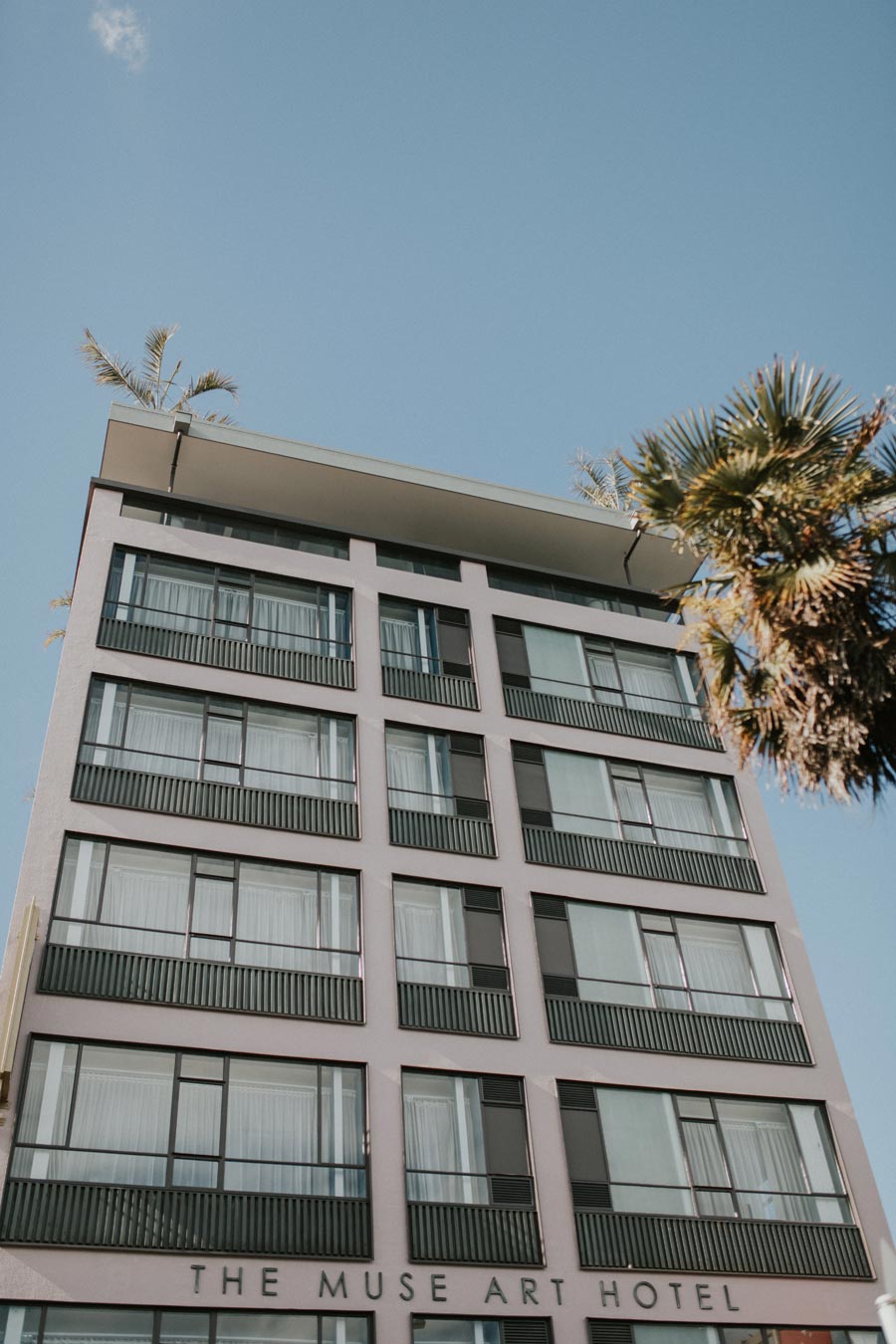
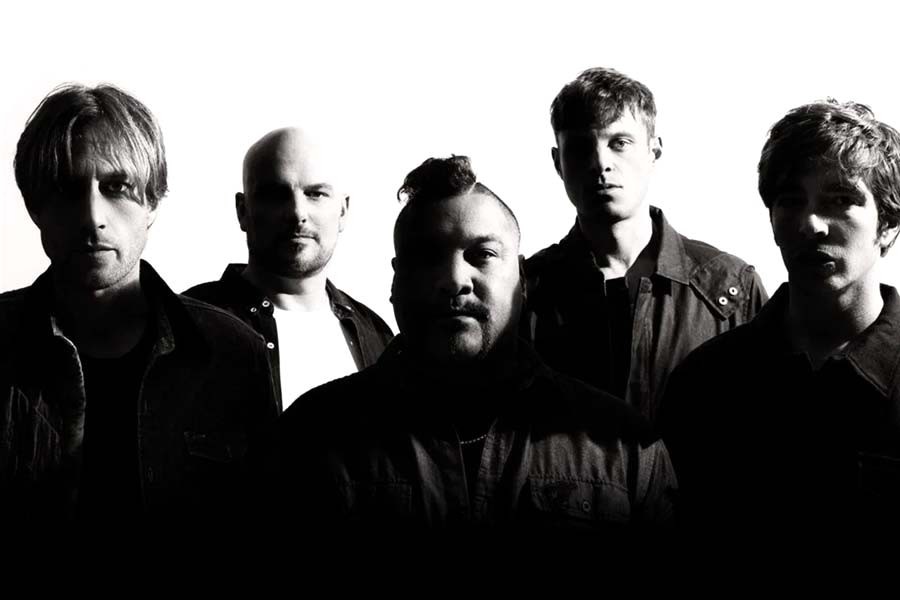
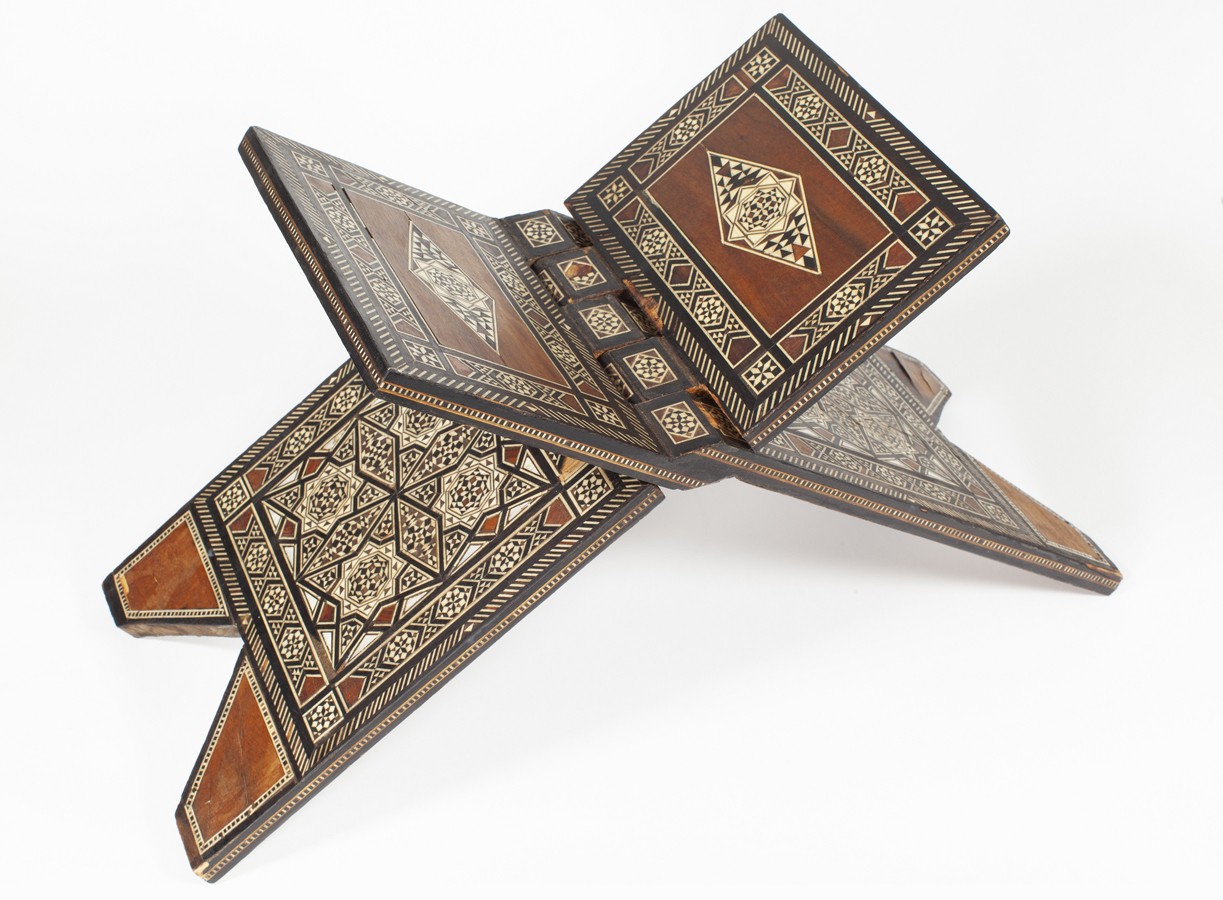
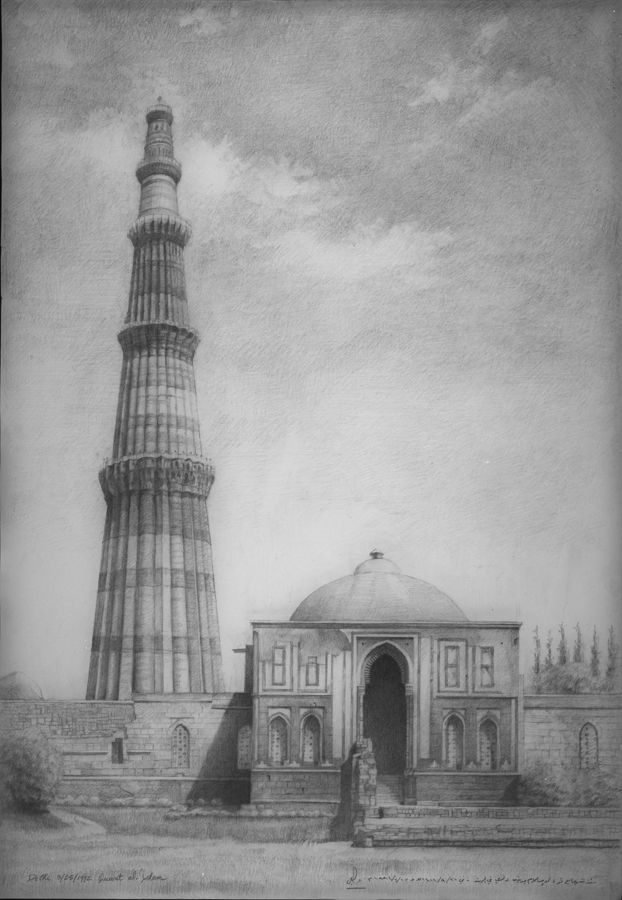 Muslims who are keen to share knowledge, understanding of Islam, and the diversity of those who follow the faith with the wider community.
Muslims who are keen to share knowledge, understanding of Islam, and the diversity of those who follow the faith with the wider community.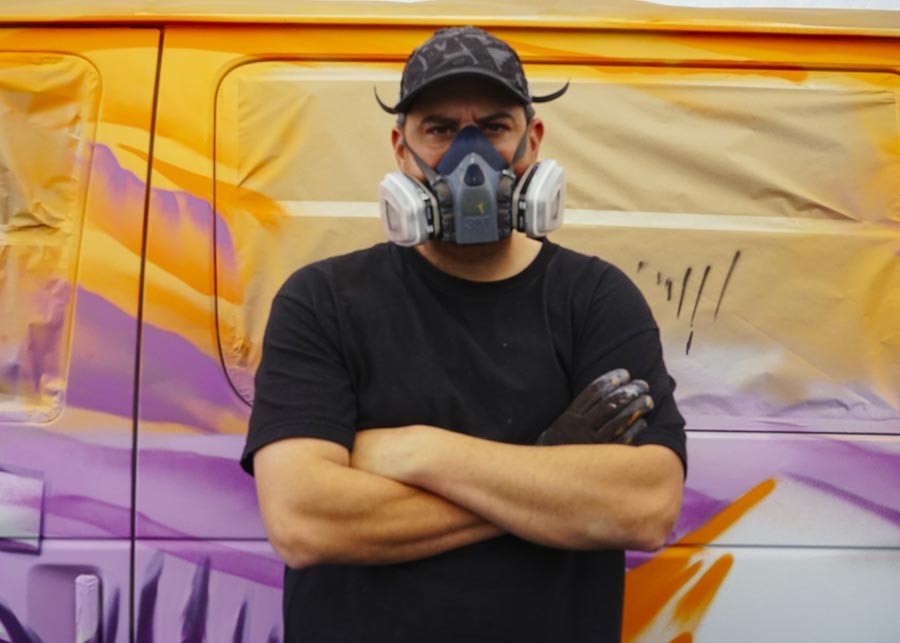
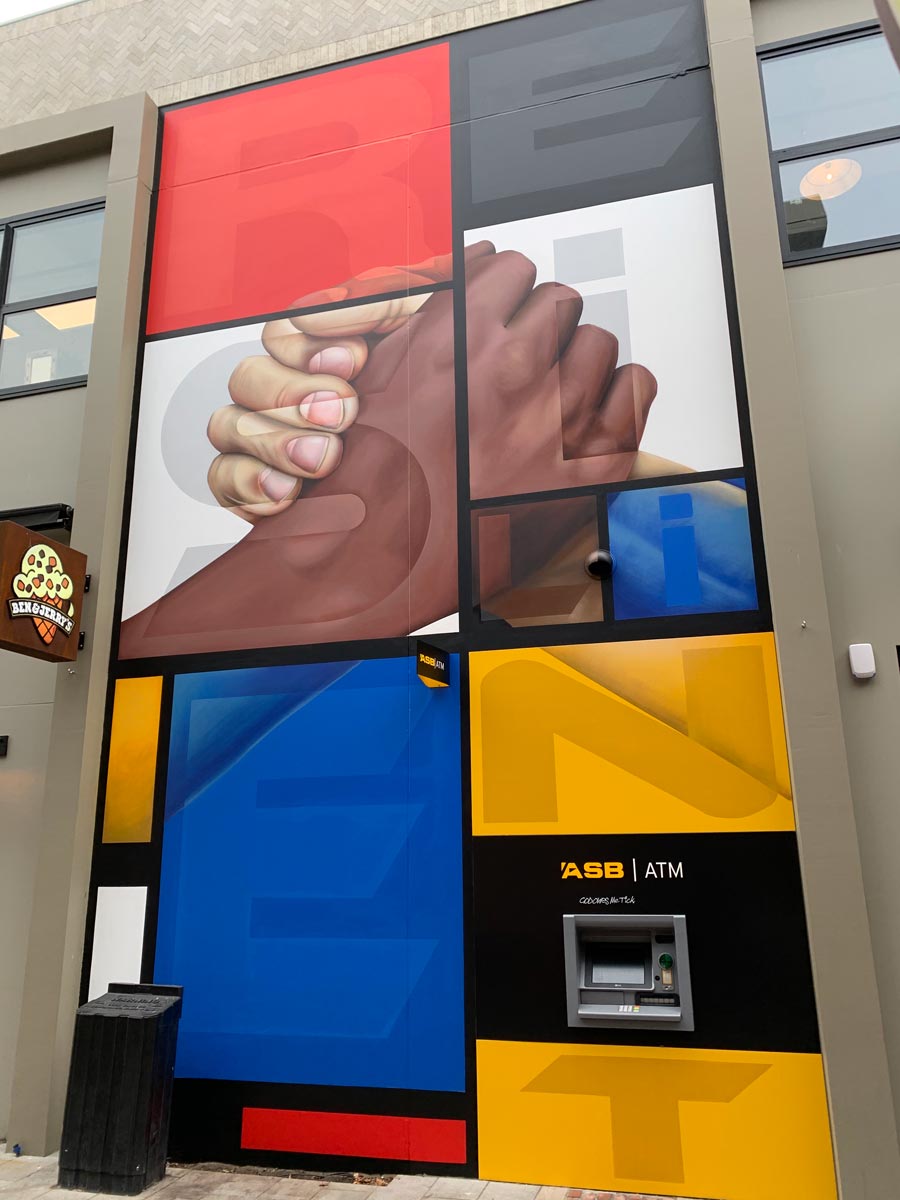
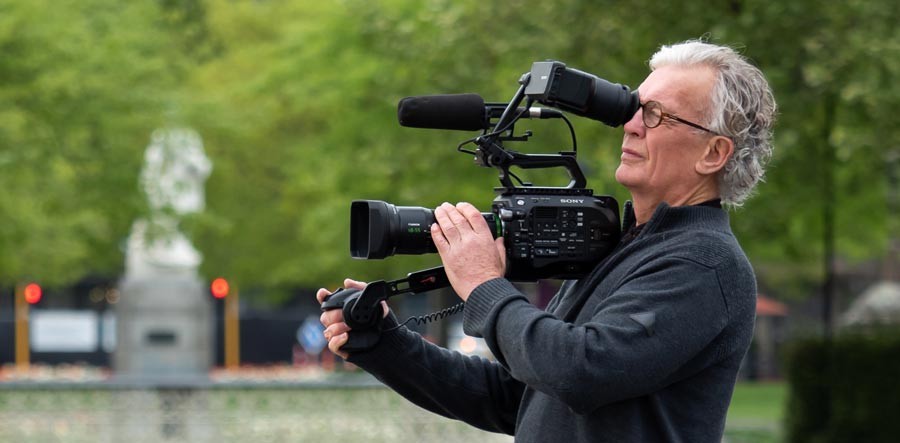
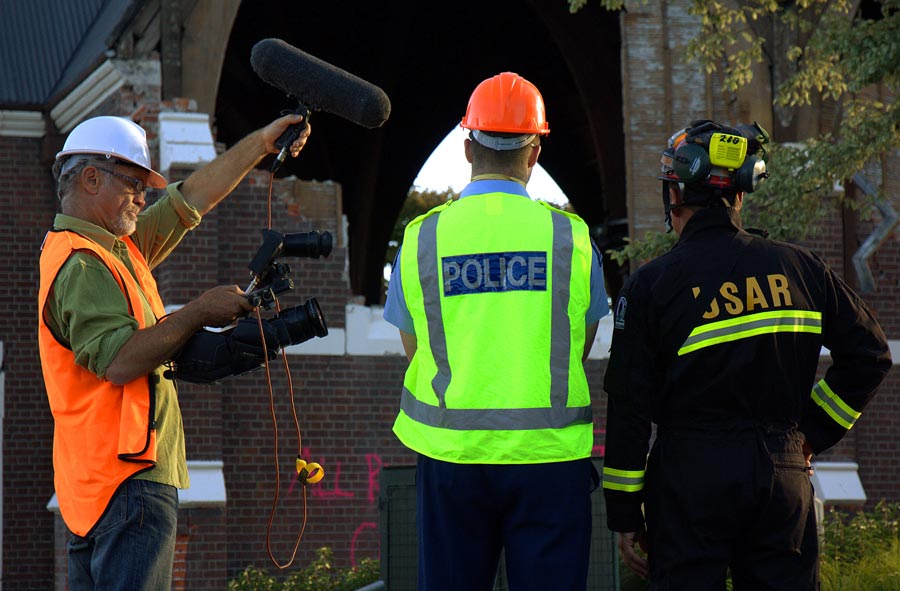
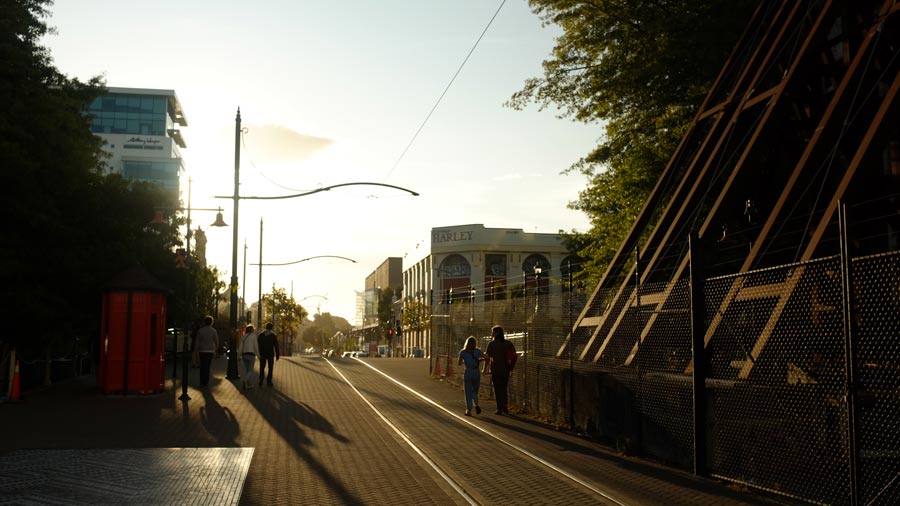
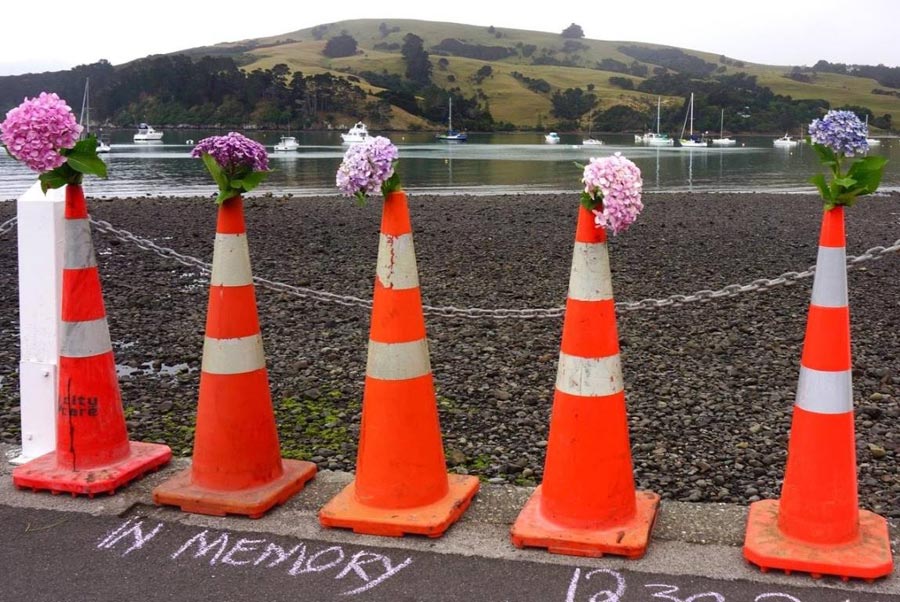
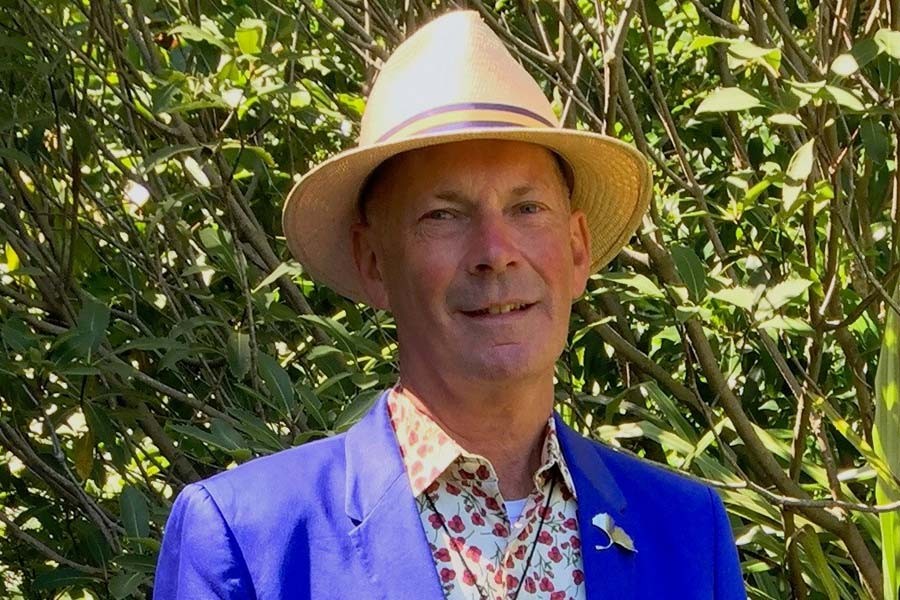








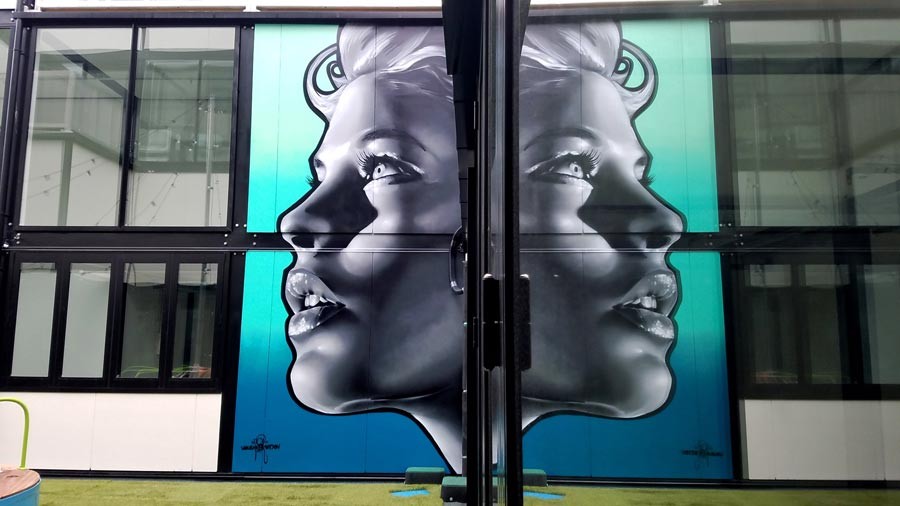
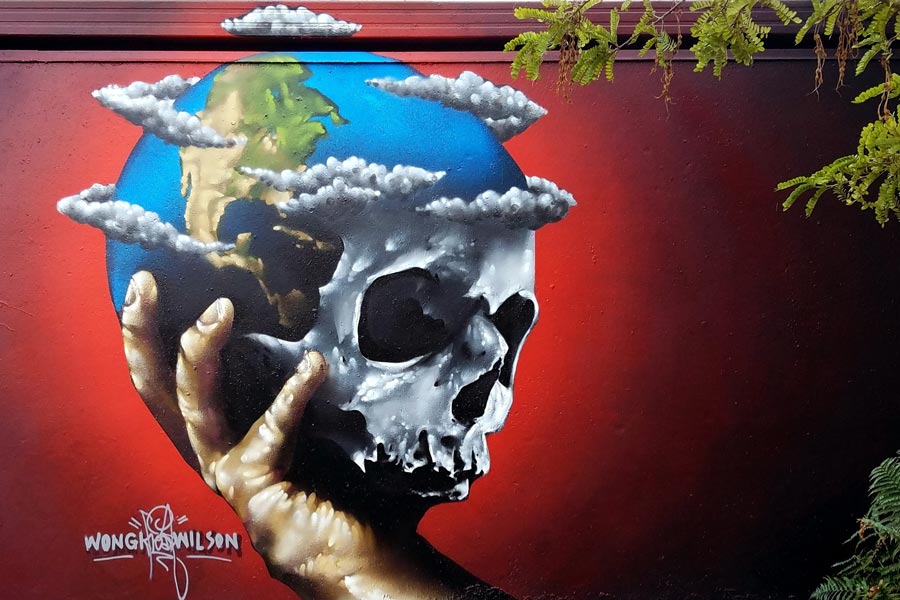
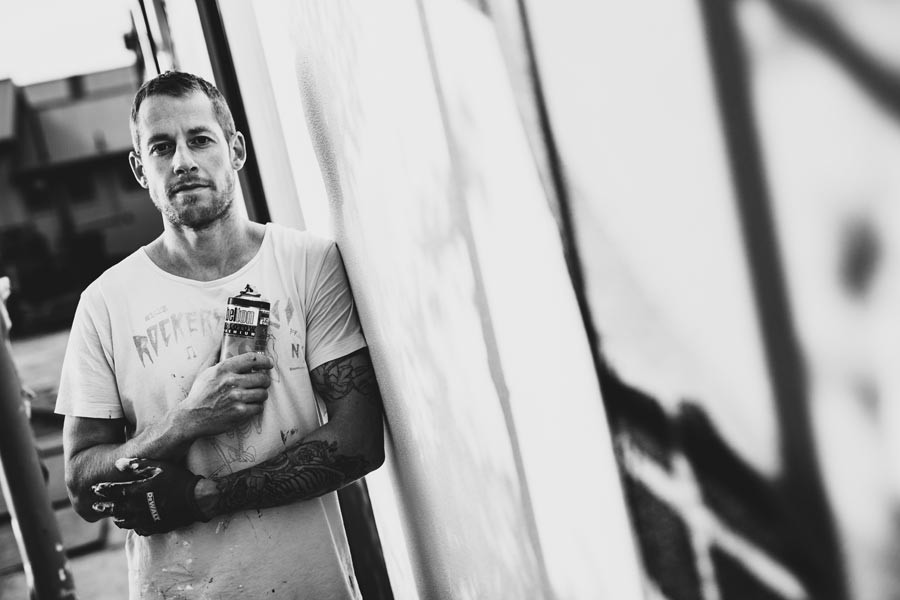
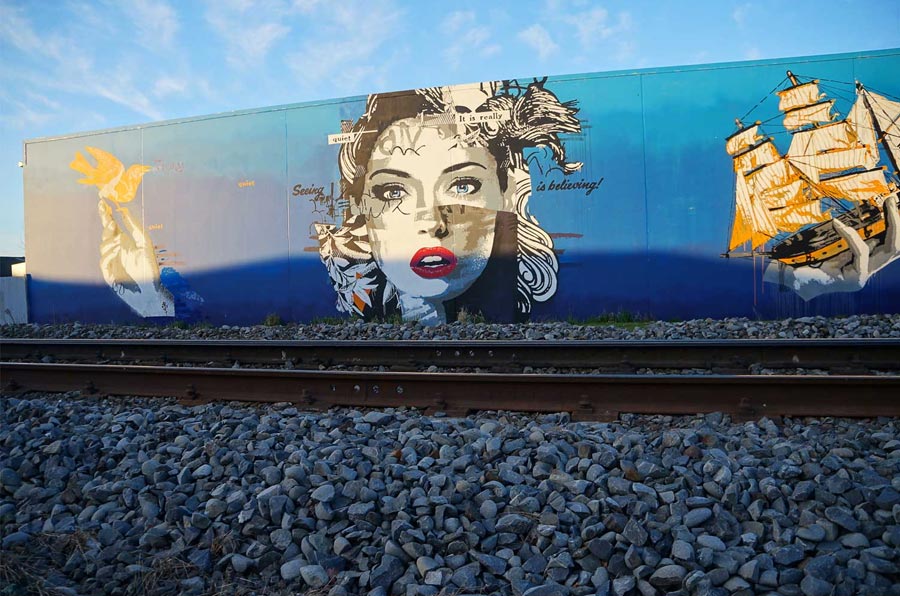
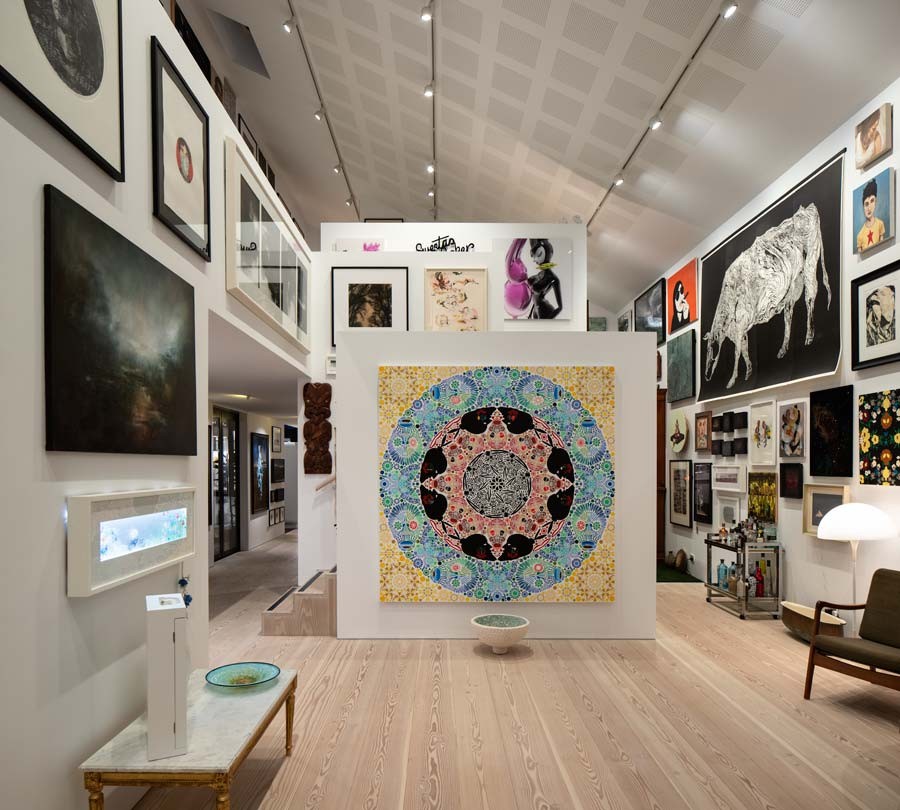
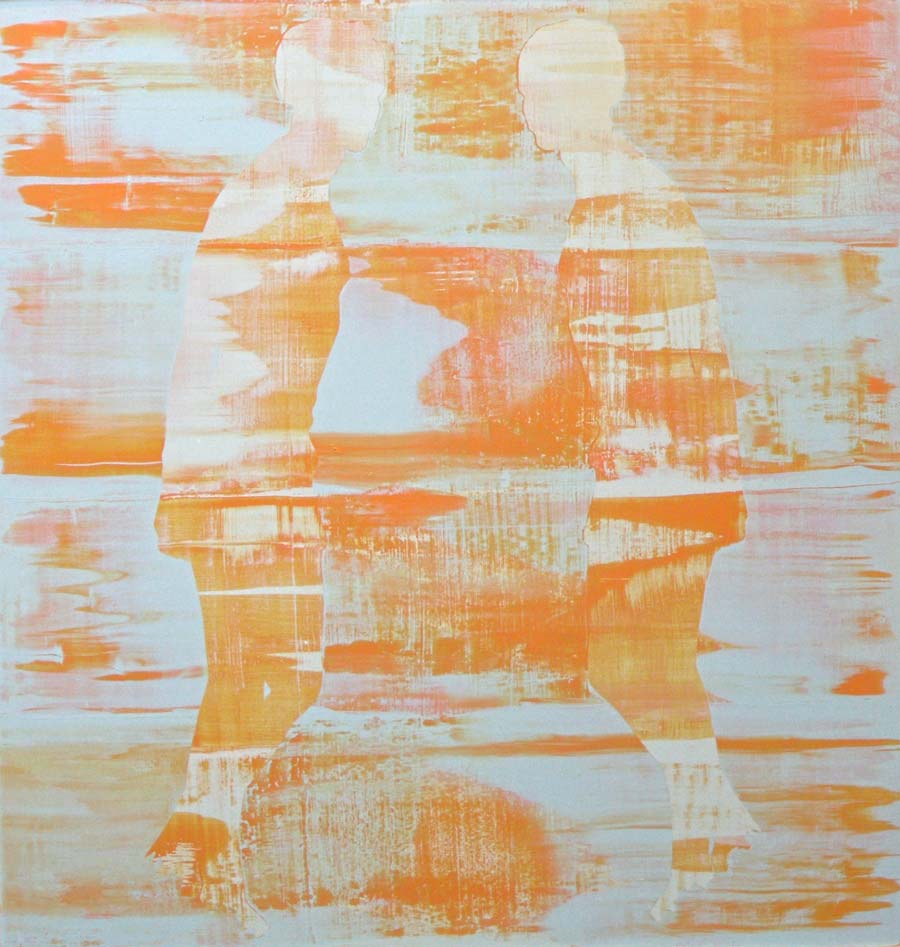
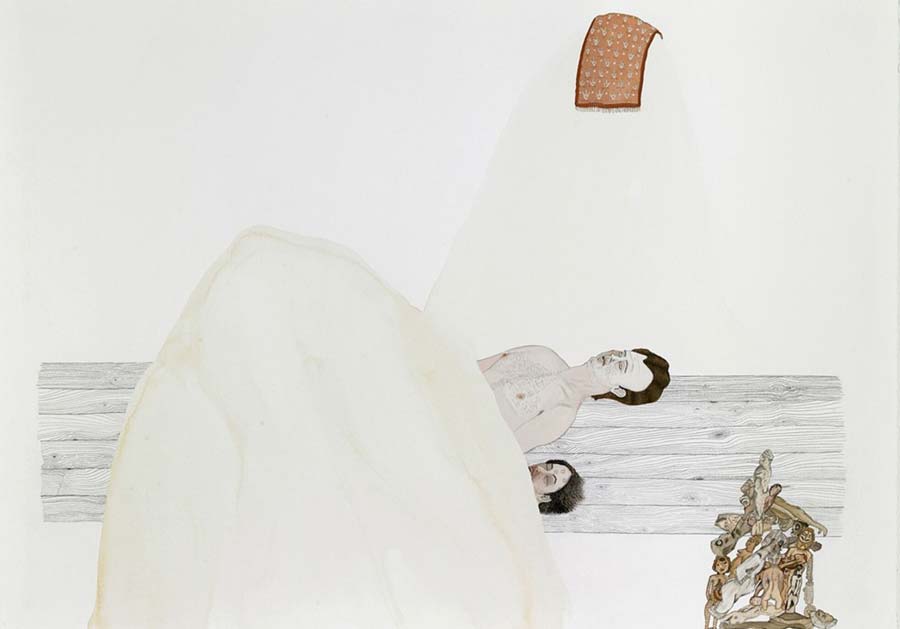
![Paul McLachlan, Soldier Ten, 2013, [ed 1/6], photo-intaglio print on paper](/images/easyblog_articles/358/Soldier-far-right_1.jpg)
